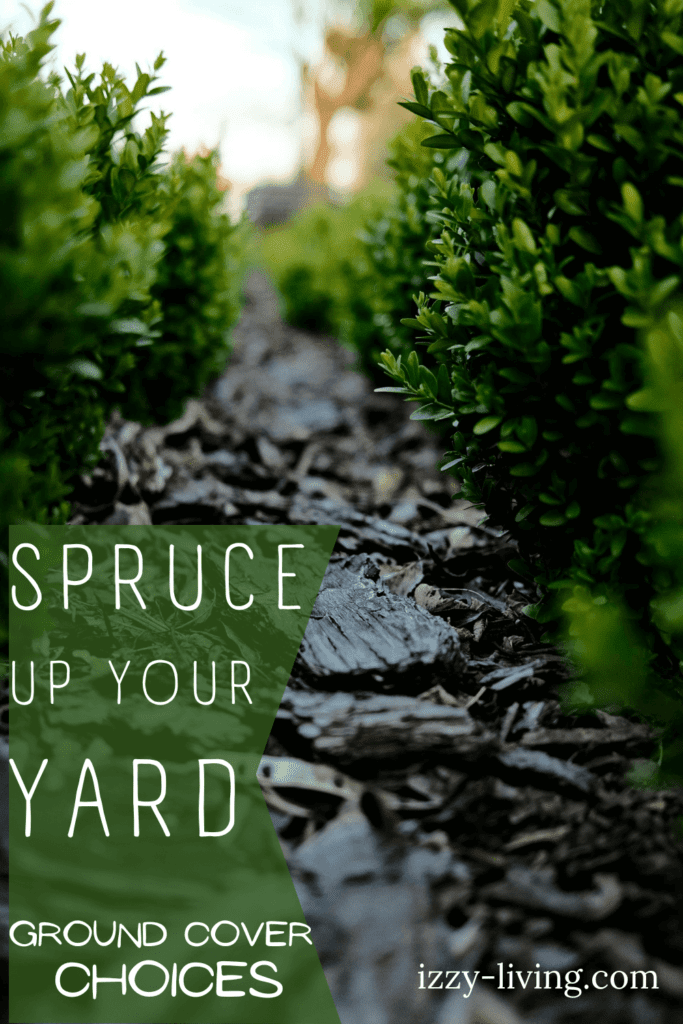
Much ado about mulch?
Landscapers define mulch as any material placed over the surface of the soil as a covering. The right mulch will help your plants and trees remain healthy. In addition, the right mulch can highlight your flowers, shrubs, and trees, the same way paint color can showcase art, furnishings, and decor.
8 “ados” about Mulch
- Retains moisture within the soil for water savings
- Protects plant roots from extreme temperatures by providing a buffer between soil and air
- Keeps grass from competing for resources
- Locks nutrients in the soil providing plant roots extra food
- Creates an aesthetic appeal
- Blocks sunlight to suppress weeds
- Acts as erosion control by compacting the soil
- Adds a bonus to any landscape design
- Offers many different types of ground cover
- Keeps mower away from trees reducing injury to roots or trunks
Contents
Cypress

This affordable and attractive mulch option is composed of both wood and bark from shredded cypress trees. An organic mulch, it is shredded to make spreading easy. Cypress much has an advantage over other wood mulches such as pine bark or cedar bark due to its dense fibrous texture and weight, plus the way it is shredded, the pieces stick together and don’t dislodge in heavy rain, that’s why it is often sold as “no-float mulch.” Cypress mulch is typically reddish-gold in color and adds a pop of color to a landscape.
Pine Bark
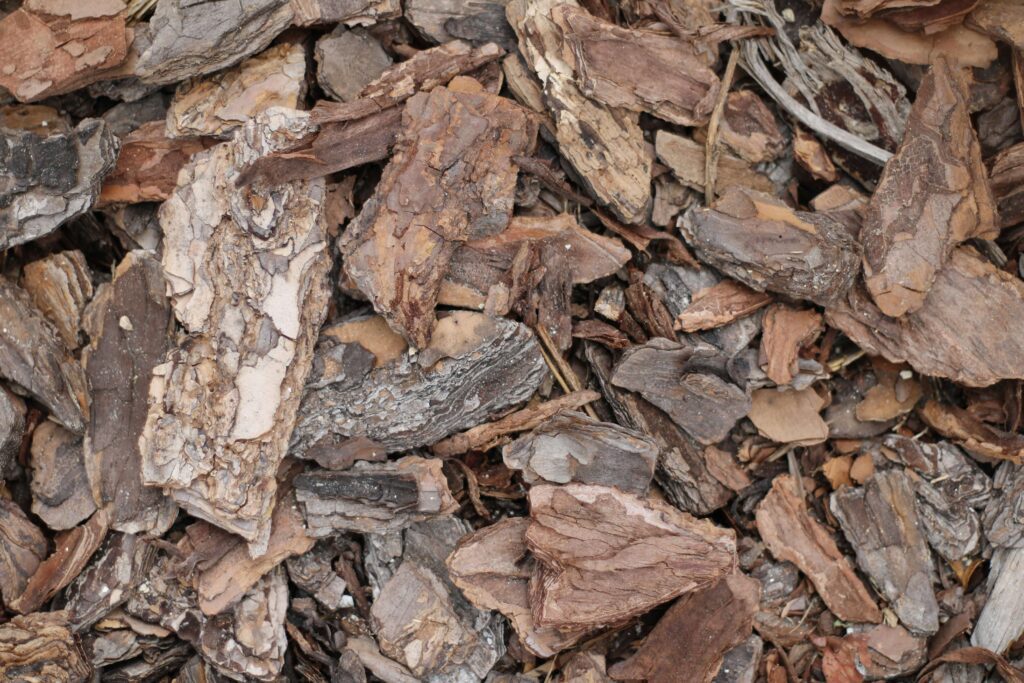
Pine bark is a byproduct of the forest industry. It comes in ground and nugget forms and has a rich brown color. Pine bark settles slowly. Not only is it long-lasting, natural, and attractive, it can actually help to enrich your soil as it breaks down. On the negative side, pine bark is more buoyant than other types of mulch and as such should not be used in areas that flood.
Eucalyptus

Often used interchangeably with cypress mulch, eucalyptus mulch is a blend of finely shredded wood chips that bond together and help to hold moisture. The old wife’s tale is mulch made from eucalyptus keeps bugs, pests, and insects away. Eucalyptus mulch typically comes from plantations in South and Central Florida. They are grown specifically to be made into mulch. They grow quickly, so this mulch is considered renewable. Eucalyptus mulch is slightly less durable than cypress but longer-lasting than pine straw.
Pine Straw
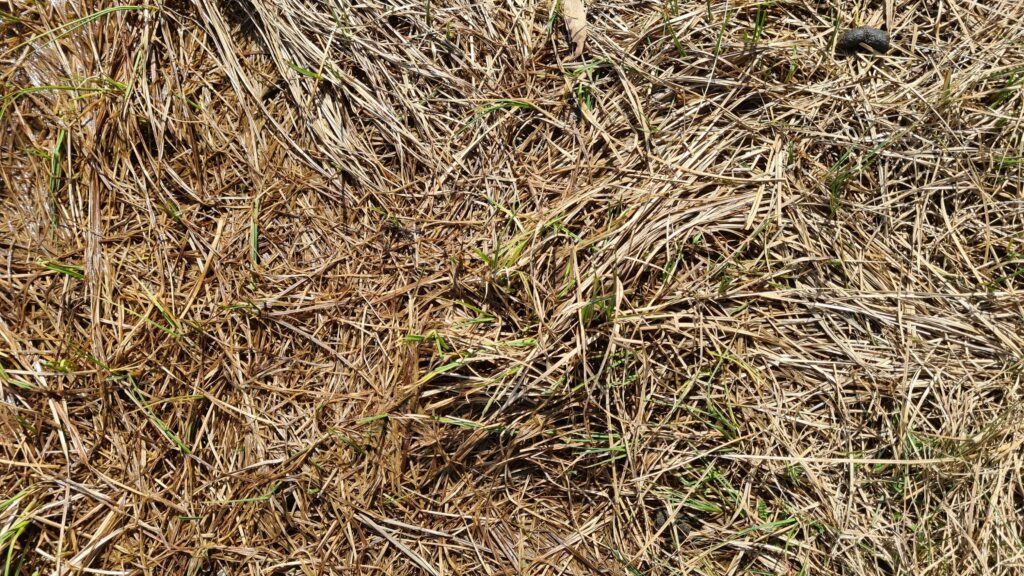
Pine straw, or pine needles, come from pine tree plantations which make wood and paper products. It is usually sold in bales. Pine needles are less likely to wash away because of the way they are knit together. This mulch is essentially just a ton of filler that’s been created by breaking up pine needles rather than wood chips. Pine needles are low maintenance, improve your soil, provide an earthy look, and environmentally friendly. Pine straw breaks down quickly and helps add organic matter to the soil. The fast breakdown of pine straw means it needs to be reapplied every six months to once a year for aesthetics.
Rocks

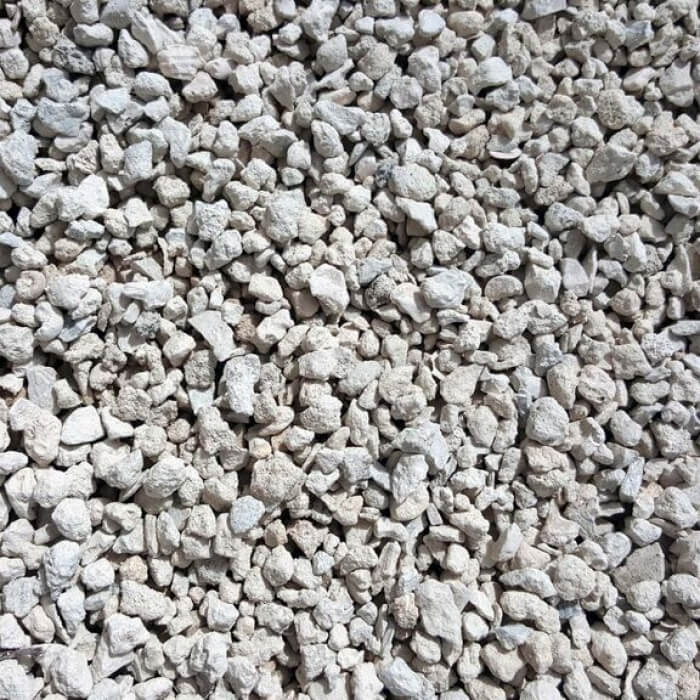
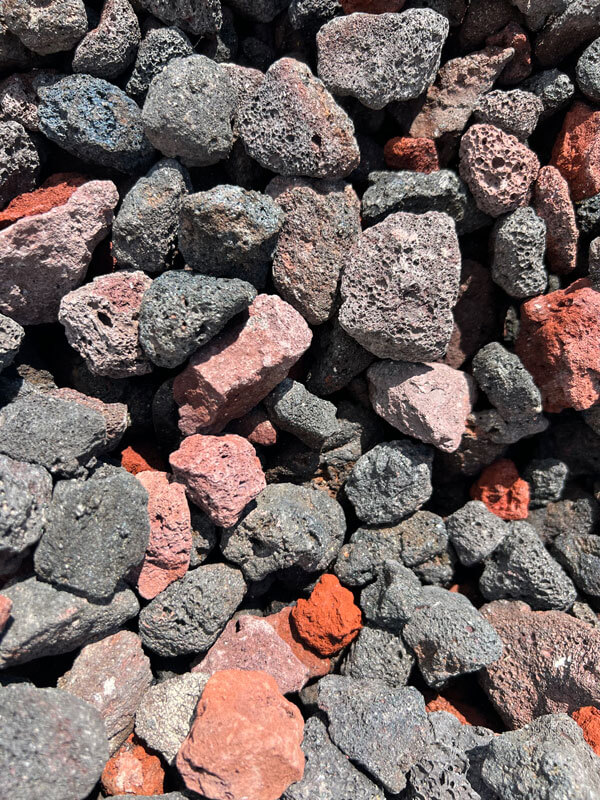
Inorganic mulches such as rock should be considered carefully. They do not breakdown over time which can serve as an advantage, but they do not improve the quality of the soil. Rock mulches work well in utility areas. Although inorganic mulches last a long time, they need to be regularly cleared of debris to look their best. The best thing about rocks is that they are incredibly low maintenance, incredibly low cost, and wind-resistant meaning, not only will you not have to take care of them, you will not have to deal with replacing them because they last.
Mixture of Different Mulches
Experienced landscapers recognize the benefits of both rocks and mulch within unique landscape. In fact, you do not have to pick rocks or mulch, if both make sense, include them both tactfully. For the landscape at Casa Rosa, pine straw along the house perimeter and rocks along the property perimeter were used.

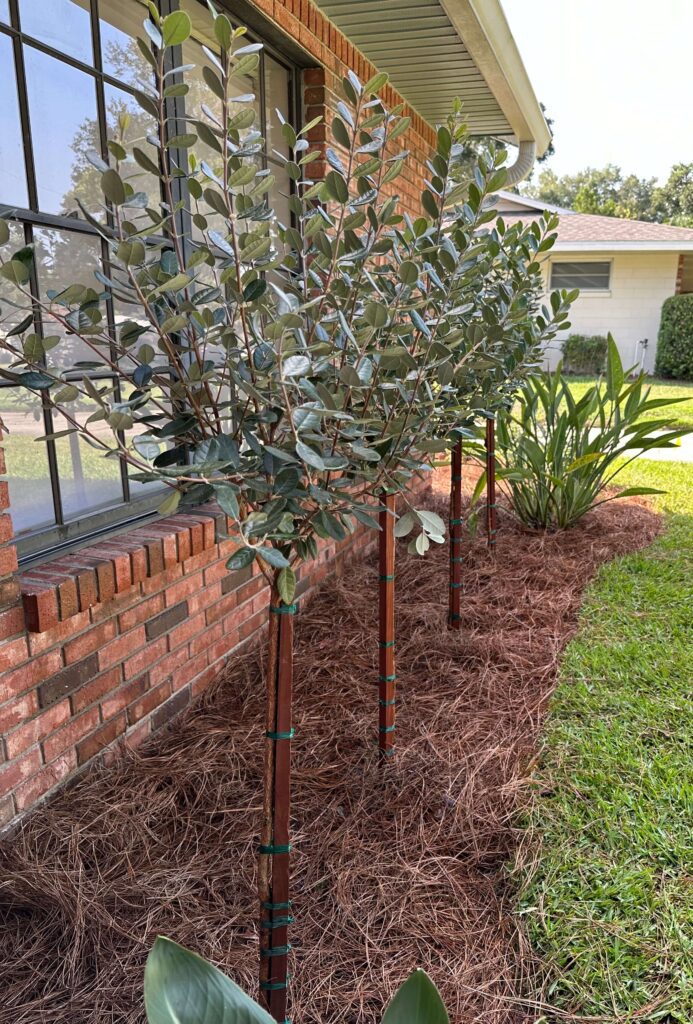
Durability is an important consideration when selecting mulch. There is the need to replace every year as it decomposes over time reducing the depth of the mulch layer. It is a reoccurring cost in both time and expense. Mulch should be spread to a depth of three inches as there is such a thing as too much mulch. When the depth falls below two inches, replenish the mulch by adding another thin layer of mulch on top of the existing bed. Replacing the mulch entirely isn’t recommended; it may damage surface-level plant roots.
Calculate How Much Mulch
One cubic yard of mulch will cover 324 square feet of ground at one inch deep, or 108 square feet at three inches deep. At a three-inch depth, one cubic yard of mulch will cover an area about 10 feet X 10 feet.
Use this calculator to estimate how much mulch you will need for your project:
How to Apply
Regardless of the type of mulch selected, the best depth for a mulch layer is 2-4 inch layer throughout the landscape bed and out to the drip line of newly planted trees. Any deeper, and it can be difficult for oxygen to reach the soil, which can cause your plants to suffer.
Be careful not to pile mulch around the tree trunks as this can cause a slow decline in health. Prior to installing a new bed of mulch, you should first smother weeds by either laying sheets of newspaper down and wetting with water or treating existing weeds or turf with two herbicide applications.
The Right Mulch
Given all of the above choices…there really isn’t a wrong choice. As mulch decomposes, which it will, it is fertilizing the soil. No matter the choice or stage of mulch life it is working for your landscaping.
Until next time…
· izzy
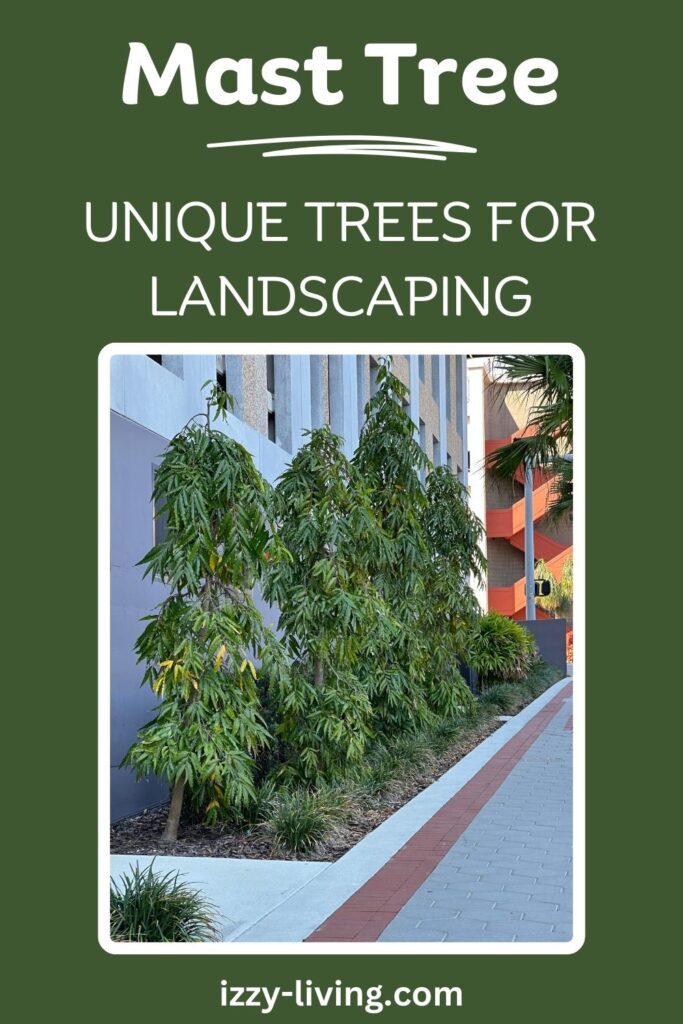
Florida Mast Trees are an eccentric tree to add to your landscape design. These trees are tall and slender, much like a model in a high-end fashion magazine, but totally content to be left alone. Landscape designers throughout south and central Florida are enjoying the versatility of Mast Trees for a wide range of uses
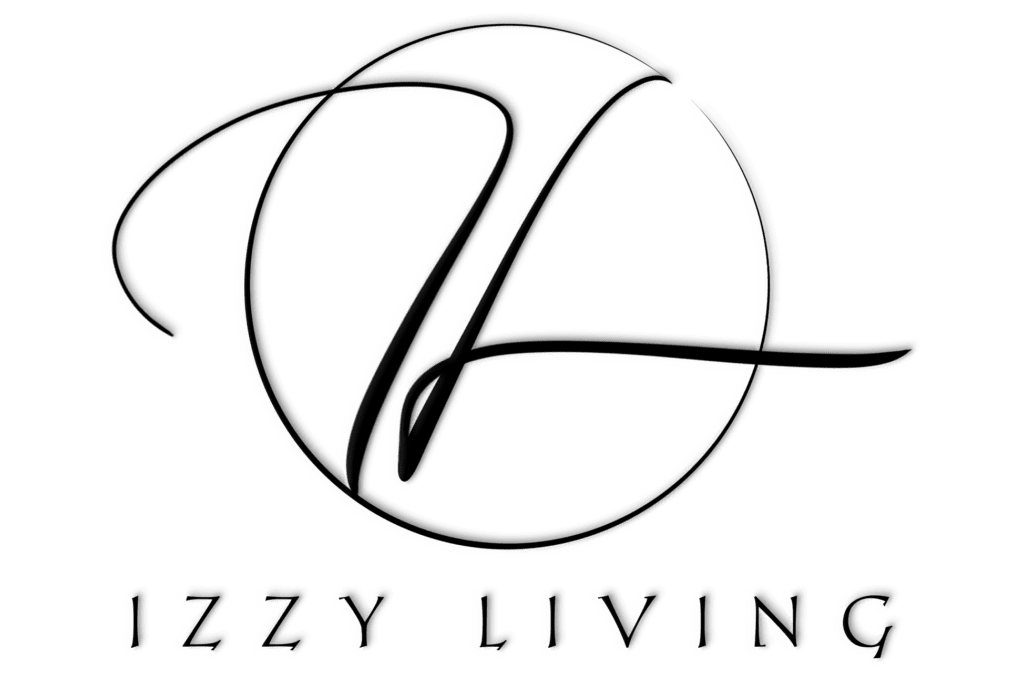
2 responses to “Mulch is an Easy Bonus to Landscape Design”
Greetings! Very useful advice within this post!
It’s the little changes that produce the most important changes.
Thanks a lot for sharing!
Hi. I’m glad the post was useful. izzy